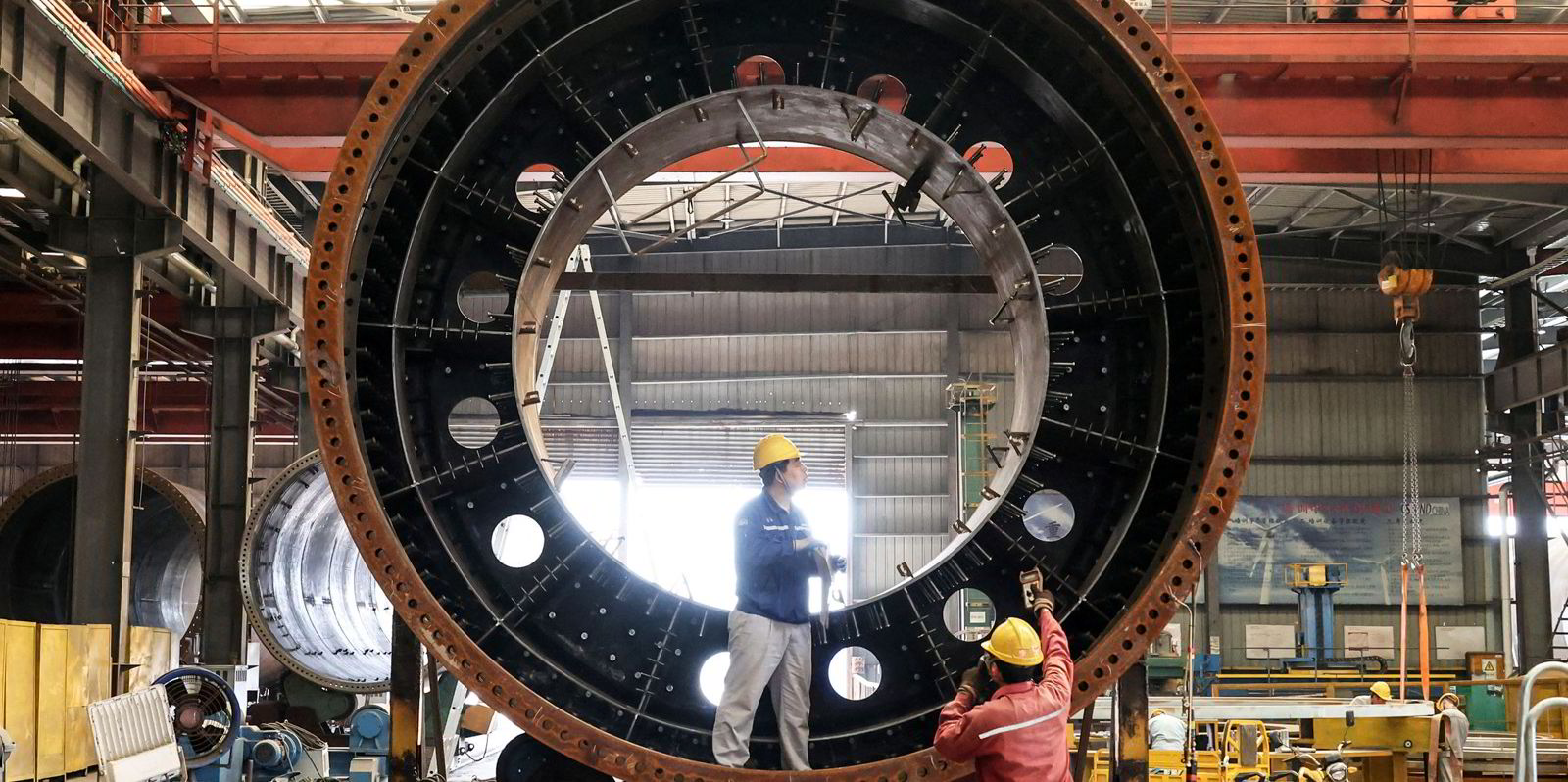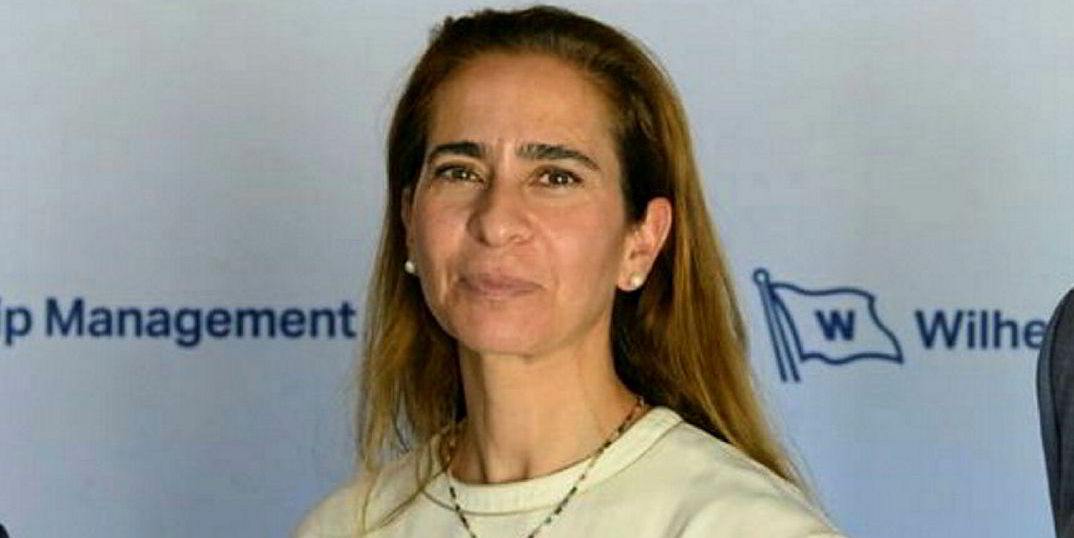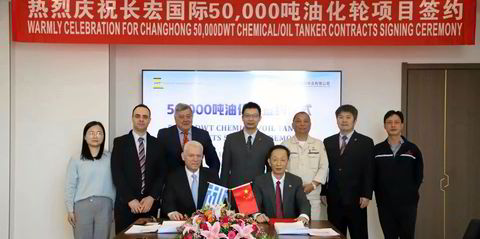Vale and Rio Tinto produced more iron ore, which capesize bulkers haul to China, in the first quarter than they did a year ago.
Brazil’s Vale mined 79.3m tonnes of iron ore during the first three months, up 11% from a year earlier.
It attributed the higher volume to stronger operational performance at its Serra Sul mine, which produces an unmatched 90m tonnes of iron ore per year, and lower rainfall in the state of Minas Gerais.
But first-quarter iron ore sales volumes fell 7.4% from a year earlier to 54m tonnes due to port loading restrictions at Ponta da Madeira Terminal during the rainy season and supply chain rebalancing after strong sales in the preceding quarter.
“Vale expects to offset this impact in the second half of the year, keeping its annual sales plan unchanged,” it said.
The company’s iron-ore volume for the first quarter was 17.4% less than it extracted during the fourth quarter, but it is holding to its full-year output guidance as it plans to recover the production miss in the second half.
“The recovery should result in higher-than-expected iron ore exports from their Brazilian ports come the second half of 2023, which is accretive to tonne-mile demand for the capesize vessels,” Fearnleys Securities wrote in a note on Thursday.
“Moreover, this coincides with the recovery in the Chinese property sector that is expected to materialise just before the summer, according to Platts, and we could thus see an increased number of shipments from Brazil going into China in the second half of this year.”
Rio Tinto’s Pilbara operations in north-west Australia produced 79.3m tonnes in the first quarter, which is 11% more than in the first three months of 2022.
Record shipments of 82.5m tonnes surpassed the volumes a year earlier by 16%, thanks to stronger production and a drawdown of stocks.
“We continue to make steady progress with our highest-ever first-quarter shipments achieved in the Pilbara iron ore business,” chief executive Jakob Stausholm said.






